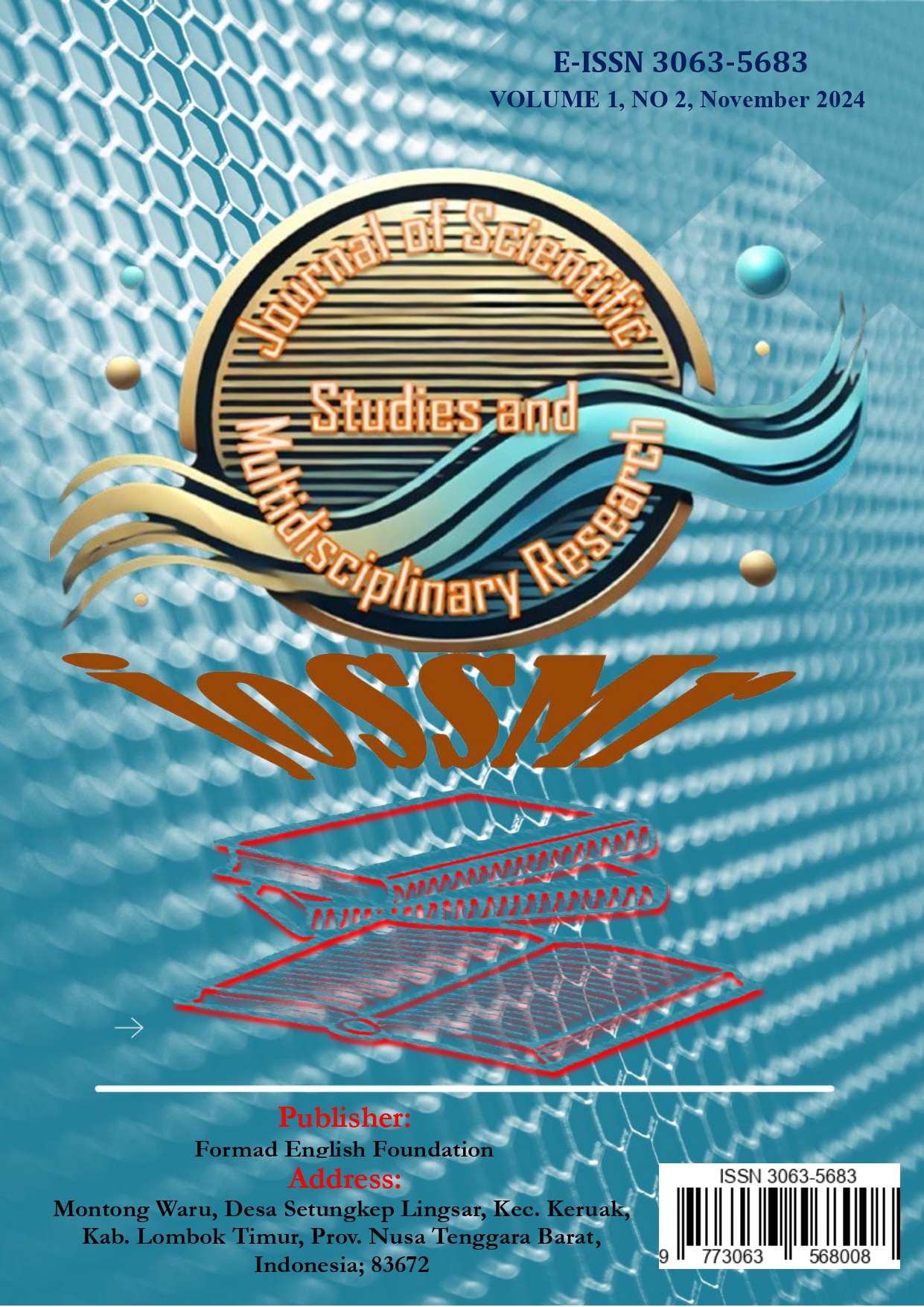The Application of Tajweed Science in the Qur'an Learning Process at TPQ Ponpes Sa'adatul Ikhwan NW Rensing
Keywords:
Tajweed Science, Qur'an LearningAbstract
This study explores the application of Tajweed science in Qur'anic learning at TPQ Ponpes Sa’adatul Ikhwan NW Rensing, focusing on the methods implemented, student participation, and influencing factors. A qualitative approach was employed, using observation, interviews, and document analysis to collect data. The findings reveal that systematic teaching of Tajweed—combining theoretical explanations, practical demonstrations, and interactive feedback—significantly enhanced students' ability to recite the Qur'an with proper Tajweed. Approximately 87% of students successfully applied at least 70% of the Tajweed rules, including accurate pronunciation (makhraj), elongation (mad), and blending rules (ikhfa’ and idgham). However, challenges were noted, particularly among students struggling with advanced Tajweed principles, such as idgham bighunnah and qalqalah, which require additional practice and individualized attention. Teachers employed strategies like repetition, immediate correction, and positive reinforcement to build students' confidence and proficiency. Learning materials were well-structured, aligning with the curriculum to support both classroom instruction and independent practice. The findings also highlight the importance of incorporating technology and audio resources to reinforce learning outcomes. This study emphasizes the effectiveness of interactive and student-centered teaching methods in Tajweed education, along with the need for extended practice sessions and tailored guidance to address individual learning gaps. These insights contribute to developing strategies for enhancing Qur'anic literacy and Tajweed mastery, ensuring a strong foundation for students' lifelong engagement with the Qur'an.






